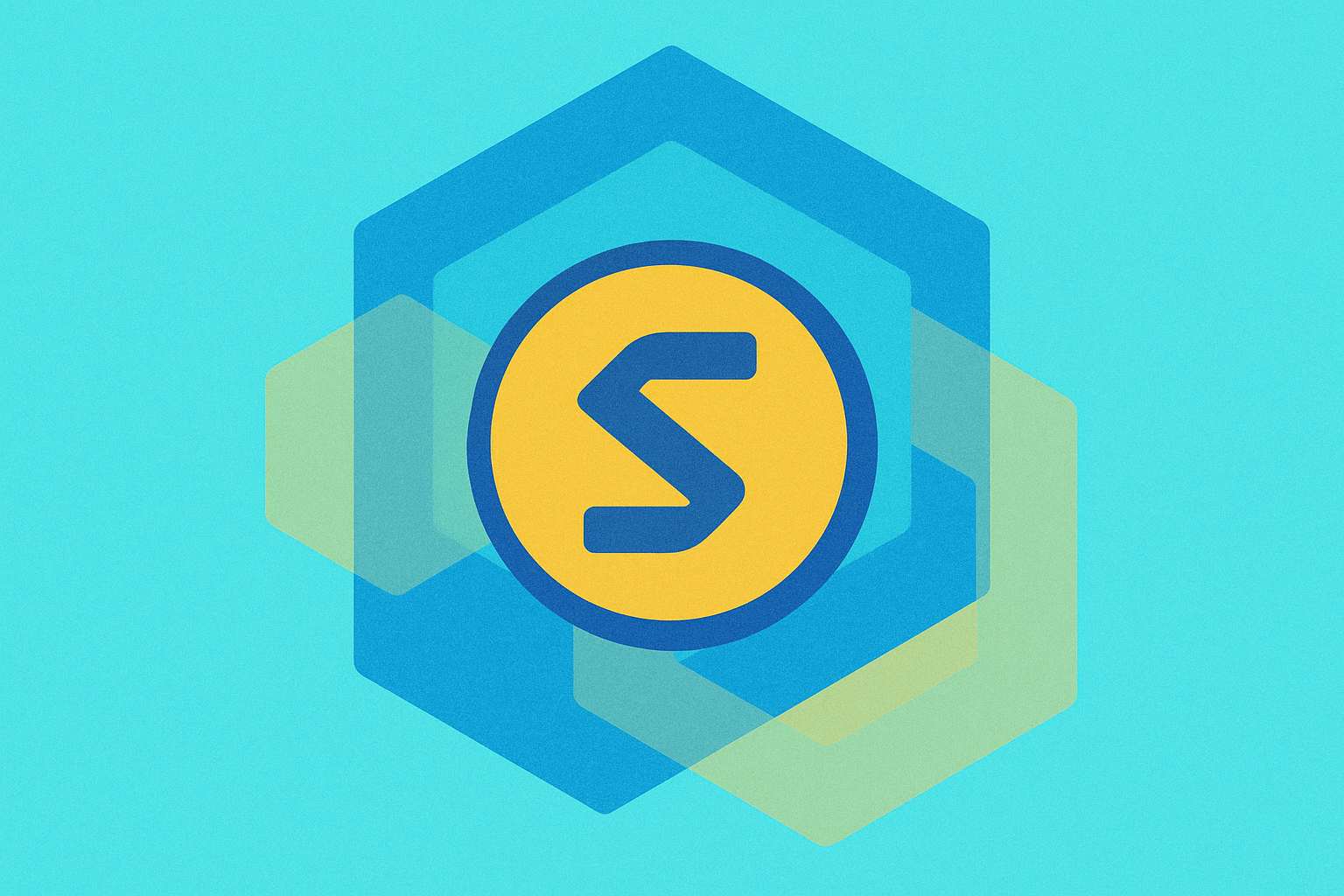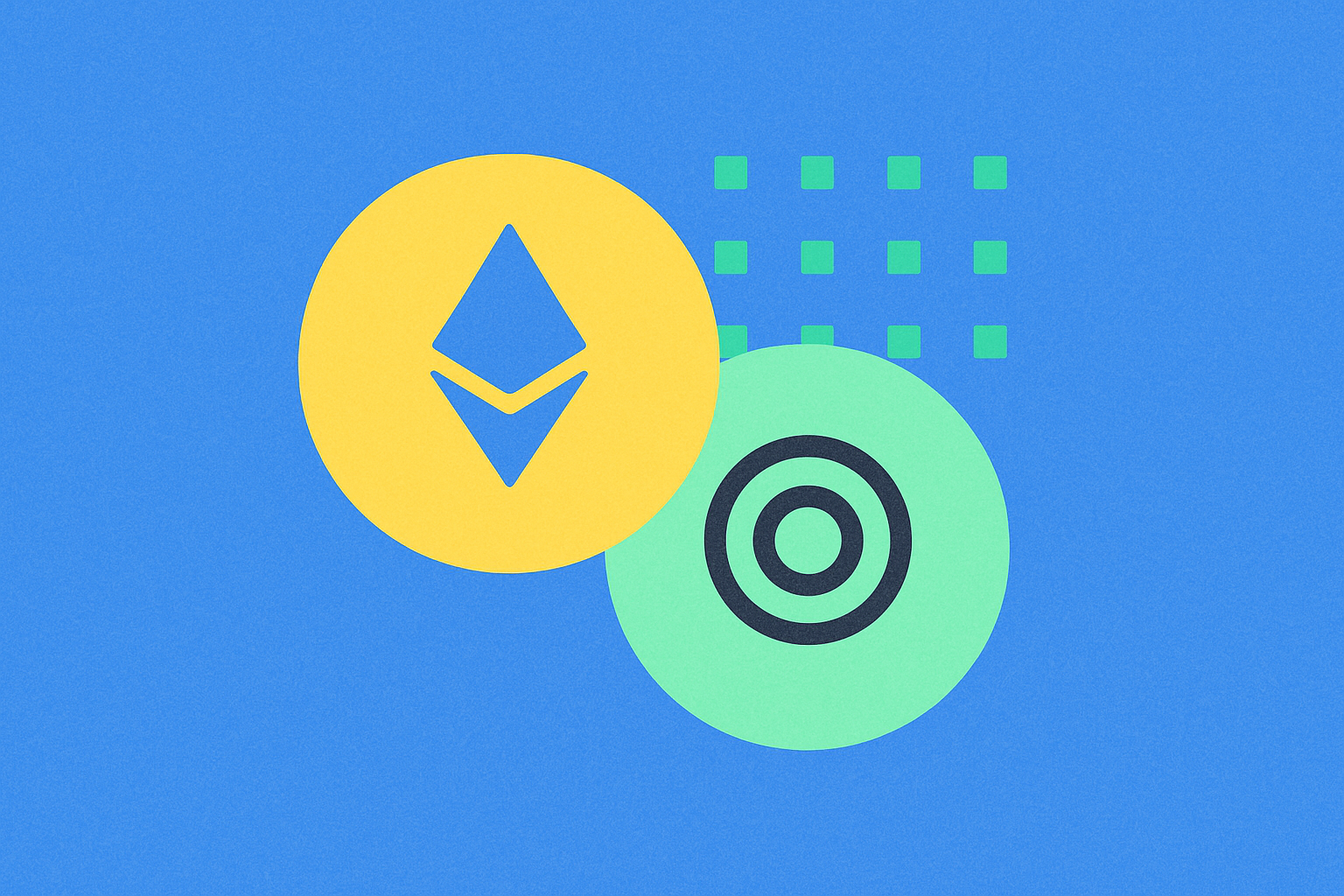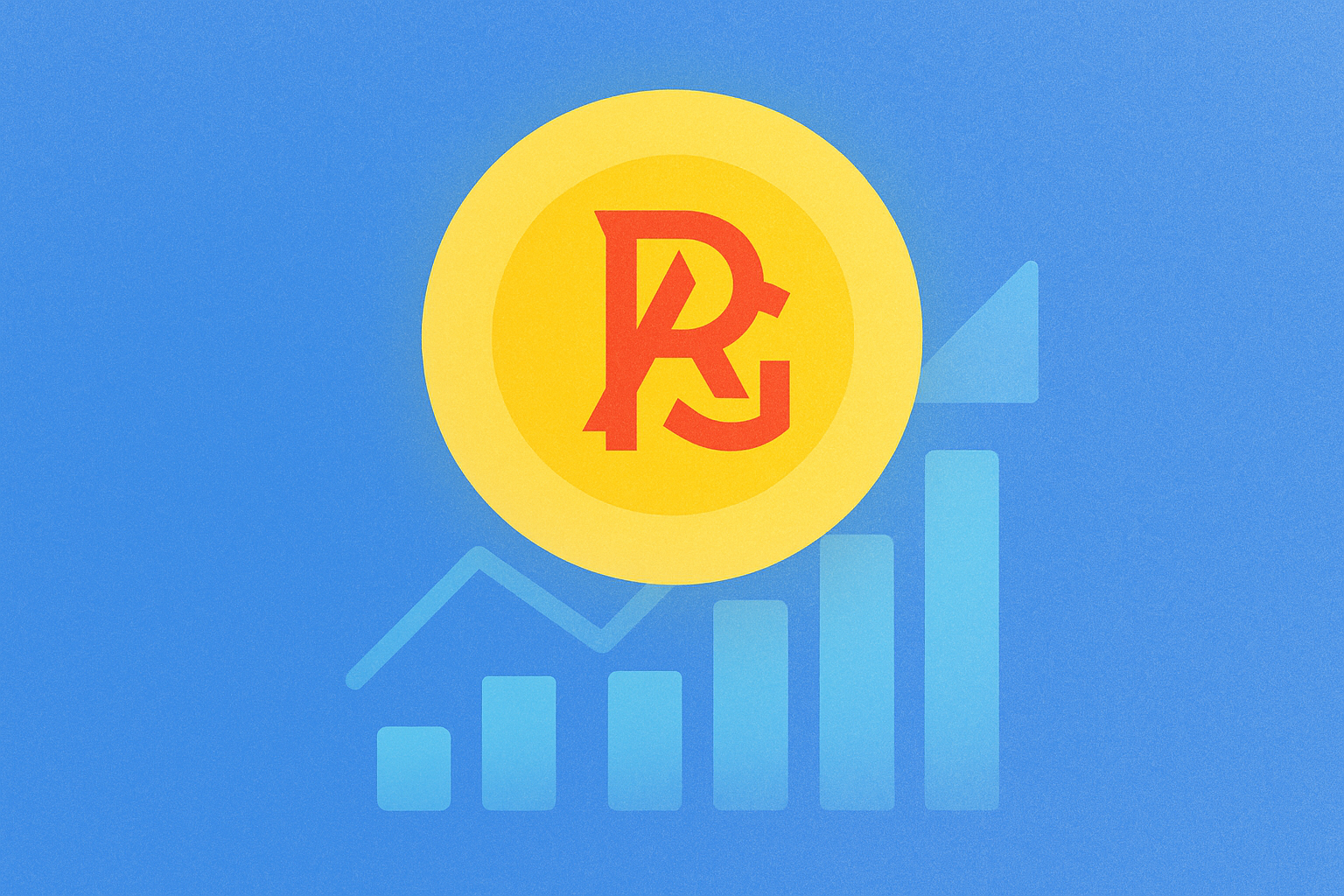Solana (SOL) Token Ekonomi Modeli Nedir?


İlk token dağıtımı: %38 topluluk rezervine, %37 yatırımcılara, %25 ekip ve vakfa
Solana'nın ilk token dağıtımı, topluluk katılımı, yatırımcı desteği ve ekip teşvikleri arasında stratejik bir denge kurma hedefini yansıtır. Dağıtımın 2025 yılında kesinleşmesi planlanırken, token dağılımı şu şekilde öngörülmektedir:
| Alıcı | Yüzde |
|---|---|
| Topluluk Rezervi | %38 |
| Yatırımcılar | %37 |
| Ekip ve Vakıf | %25 |
Bu dağıtım modeli, güçlü bir ekosistem oluştururken projenin uzun vadeli sürdürülebilirliğini hedefler. Topluluk rezervine ayrılan %38’lik pay, Solana'nın merkeziyetsizliğe ve kullanıcı katılımına verdiği önemi vurgular. Bu pay, ekosistemin büyümesi, hibe programları ve topluluk odaklı projeler için kaynak sağlar. Yatırımcılara ayrılan %37’lik oran ise, projeye sermaye ve destek sunan yatırımcıların kritik rolünü kabul eder. Ekip ve vakfa ayrılan %25’lik pay ise sürekli geliştirme, operasyonel destek ve stratejik kararların alınmasını garanti altına alır. Bu dengeli dağılım, tüm paydaşların teşviklerini uyumlu hale getirerek Solana'nın piyasadaki güçlü konumunu destekler. Ekim 2025 itibarıyla Solana, piyasa değeri açısından 6. sırada yer almakta ve toplam değeri $111.067.036.323 seviyesine ulaşmış durumdadır. Bu rakam, yatırımcıların Solana'nın uzun vadeli potansiyeline ve tokenomik yapısına olan güvenini göstermektedir.
Azalan enflasyon oranı: Uzun vadede yıllık %1,5 hedefleniyor
Solana'nın enflasyon oranı, 2025 yılında yıllık %1,5 seviyesindeki uzun vadeli hedefe ulaşmak amacıyla önemli bir dönüşüm sürecine giriyor. Bu stratejik değişiklik, ağın olgunlaşmasını ve tokenomik optimizasyonunda topluluk mutabakatını yansıtıyor. Mevcut enflasyon modeli uzun süredir tartışma konusu olup, Solana'nın ekonomik sürdürülebilirliğini ve blokzincir ekosistemindeki rekabet gücünü artırmak amacıyla yeniden tasarlanıyor. Enflasyonun kademeli olarak azaltılması sayesinde Solana, ağ katılımını teşvik etmek ile token seyrelmesini önlemek arasında ideal bir denge kurmayı planlıyor.
Bu değişimin etkisi, geçmiş veriler ve piyasa öngörüleriyle şu şekilde ortaya konulmaktadır:
| Yıl | Öngörülen Enflasyon Oranı | Tahmini SOL Arzı |
|---|---|---|
| 2023 | %8 (yaklaşık) | 546.831.898 |
| 2024 | %4 (tahmini) | 568.705.173 |
| 2025 | %1,5 (hedef) | 577.235.751 |
Enflasyonun kontrollü şekilde azalması, uzun vadeli token sahiplerini seyrelme riskinden korurken doğrulayıcı ve staker'lar için yeterli ödüllerin sürdürülebilirliğini hedefler. Bu yaklaşım, Solana'nın daha öngörülebilir ve sürdürülebilir bir ekonomik model oluşturma amacıyla uyumlu olup, kurumsal yatırımcıların ilgisini artırabilir ve uzun vadede fiyat istikrarını destekler.
Yüksek staking katılımı: Dolaşımdaki SOL’un %80’inden fazlası stake edildi
Solana'da staking katılım oranı oldukça yüksek olup, dolaşımdaki SOL arzının %80’inden fazlası stake edilmiştir. Bu veri, topluluğun ağın uzun vadeli potansiyeline olan güvenini ve desteğini açıkça ortaya koyar. Güncel staking istatistikleri ise şöyle:
| Metrek | Değer |
|---|---|
| Toplam Stake Edilen SOL | 407,14M |
| Dolaşımdaki SOL Arzı | 607,45M |
| Staking Katılım Oranı | %67,04 |
Staking oranı zaman içinde değişiklik gösterse de son veriler, dolaşımdaki arzın %83’ünün stake edildiğini ortaya koymaktadır. Bu yüksek staking oranı, doğrulayıcı sayısını ve stake dağılımını artırarak ağın güvenliği ve merkeziyetsizliğini güçlendirir. Katılım oranının yüksek olması, Solana'nın yerel staking mekanizmasının sunduğu cazip ödülleri de yansıtır. Bununla birlikte, staker'lar için efektif yıllık getiri oranı (APY), ağ koşulları ve toplam stake miktarı gibi çeşitli faktörlere bağlı olarak değişkenlik gösterebilir. Solana ekosistemi büyüdükçe, bu güçlü staking katılımı ağın istikrarı ve gelecekteki gelişimi için sağlam bir temel oluşturur.
Zincir üstü oylama ve protokol güncellemeleriyle yönetişim işlevi
Solana'nın yönetişim modeli, protokol güncellemeleri ve topluluk odaklı karar alma süreçlerinde zincir üstü oylama mekanizmasını kullanır. Doğrulayıcılar, stake edilen SOL token'ları üzerinden önemli bir oy gücüne sahip olup karar alma süreçlerinde kritik rol oynar. Bu sistem, merkeziyetsizliği korurken protokolde hızlı ve verimli iyileştirmeler yapılmasını sağlar. Yönetişimin öne çıkan örneklerinden biri, 2025 yılında Solana'nın yönetişim sistemi tarafından onaylanan Alpenglow güncellemesidir. Bu güncelleme, Solana'nın performansını ve ölçeklenebilirliğini artırmayı amaçlayarak ağın topluluk mutabakatıyla gelişme yeteneğini ortaya koyar.
Solana'nın yönetişim etkinliği, Alpenglow güncellemesi için yapılan oylama sonuçlarıyla net biçimde görülmektedir:
| Metrek | Değer |
|---|---|
| Onay Oranı | %98 |
| Stake Katılımı | %52 |
Bu veriler, doğrulayıcıların yönetişim sürecine güçlü destek ve katılım gösterdiğini ortaya koyar. Alpenglow güncellemesi, zincir üstü oy işlemlerini kriptografik imzalar yoluyla ortadan kaldıran ve işlem maliyetlerini düşüren Votor adlı hafif bir oylama protokolünü tanıtmaktadır. Bu inovasyon, ağ verimliliğini artırırken Solana'nın Layer 1 nihai sonuçla Web2 düzeyinde yanıt hızına ulaşmasını mümkün kılabilir. Bu tür gelişmeler, Solana'nın yönetişim modelinin blokzincir ekosisteminde rekabetçiliği koruyarak teknolojik ilerlemeye katkı sunmadaki somut faydalarını göstermektedir.

Solana'nın Token Ekonomik Modeli, ağ katılımını nasıl teşvik ediyor?

2025'te Solana'nın Token Ekonomik Modeli Nasıl İşler?

Kripto ekosisteminde başarılı bir token ekonomik modelinin ana unsurları nelerdir?

Unstaking Anlamı: Bilmeniz Gereken Her Şey

MSOL nedir: Bilgisayar Biliminde Monadic Second-Order Logic’in (Tekil İkinci Dereceden Mantık) Anlaşılması

Token Ekonomik Modeli Nedir ve Kripto Projelerine Etkisi Nasıldır?

Starknet ile Katman 2 Ölçeklendirme Çözümlerine Kapsamlı Rehber

OMG nedir: Kısaltmanın Kökeni, Kullanımı ve Dijital İletişimdeki Kültürel Etkisi

Kripto Dayanıklılığı: Diamond Hands Sembolünün Arkasındaki Anlamı İncelemek







